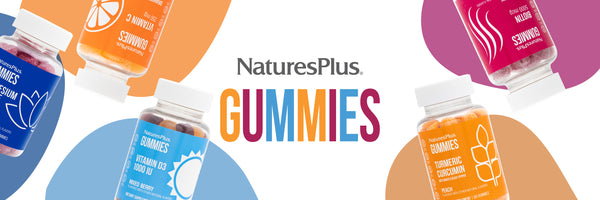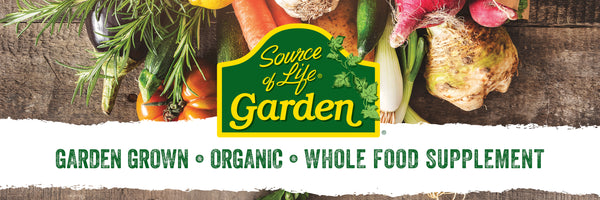Avocados are one of those foods that pack a nutritional punch, providing vitamins B, C, and E along with fiber and potassium. They're also a great source of monounsaturated fats, a healthy fat group you can also find in nuts, olive oil and fish.
The avocado is also versatile. You can use it in salads and on sandwiches, but of course, it is best known as the main ingredient in guacamole, a Mexican staple that has fast become a U.S. favorite.
One problem with guac: If you've ever made a big batch, then you've probably experienced the letdown of it turning an unappetizing shade of brown.
While it might seem like your guacamole went bad, it's merely an oxidation process that affects cut avocado as it is exposed to oxygen for prolonged periods of time. This process starts with an enzyme called polyphenol oxidase that reacts with the oxygen molecules in the air.
What this means for your guac is that the longer you leave it open to the air, the more likely that you'll be serving brown dip. Don't worry, though. There are several tricks that can keep your guacamole green by slowing down the oxidation process.
Using Water
Adding a layer of water seems to be the best tactic for keeping your guac green. For one thing, water creates a barrier between the guacamole and the oxygen in the air, preventing the reaction between polyphenol oxidase and oxygen molecules. Secondly, the guacamole is highly dense compared to the water, so the latter won't seep into the guacamole and spoil your hard work. To keep your guacamole freshly green for up to two days:
- Scoop your guac into a lidded container.
- Level out the surface, smoothing it with a spoon to get rid of air pockets.
- Pour a thin layer of water, about a half-inch, on top.
- Cover the container and store it in the refrigerator until you're ready to serve.
- When you want to serve your guacamole, remove the lid and pour out the water, stirring in any remaining moisture.
Using Lime Juice
Another trick for keeping guacamole green is to use a squirt of lime juice. The citric acid in the lime juice interacts with the chemicals in the avocado to slow down the oxidation process. The juice can also enhance the flavor of your guacamole:
- Again, scoop the guac into an airtight container with a lid and smooth the surface to eliminate air pockets.
- Squirt a thin layer of fresh lime juice onto the guacamole, covering it completely.
- Cover and store in the fridge for up to two days or until you're ready to serve it.
- To serve, pour out the excess juice and mix well.
You can also use lemon juice for this trick; the citric acid in both lemons and limes act in the same fashion.
Sealing With Plastic Wrap
You can also use plastic wrap to seal your guacamole before putting the lid on your container. You can combine this trick with a layer of water or lime juice, or you can use the plastic wrap solo. With the plastic wrap, you're essentially creating an additional barrier:
- Put your guacamole in an airtight container and smooth the surface.
- Add your layer of water or lime juice, or you can skip this step.
- Seal by lightly pressing the plastic wrap on top.
- Smooth the plastic wrap until all the air bubbles are gone.
- Cover the container with the lid and store it in the fridge for up to two days.
- When you're ready to serve your guacamole, simply remove the lid and plastic wrap, pour out the excess liquid, mix, and serve.
You can also use reusable stretchy silicone covers in place of plastic wrap as an eco-friendly option.
Freezing in Plastic Baggies
The tricks above can keep your guacamole fresh for up to two days in the fridge, but you can store it longer in the freezer if you need to. When you defrost your dip, though, it could be a little musher, especially if you store it for longer than a few days. You can even store sliced avocado this way if you want to prep your ingredients for making guacamole at a later time. All you need is a plastic sandwich baggie and your guacamole or avocado slices:
- Use a spoon to scoop your guacamole into the baggie. If you're working with slices, simply place them in the baggie.
- Remove all the air from the bag before you seal it. You can do this easily by filling a small bowl of water and placing the bag with your guacamole into the bowl. As the contents sink, the air flows out of the bag (be sure to avoid getting water in the bag).
- Seal the baggie and store it in the freezer for two to four weeks. Move your frozen baggies to the fridge the day before you plan to use your guacamole.
Reusable silicone sandwich baggies are also a great option to store your guac in the freezer.
Freezing in Glass Jars
You can also freeze your guacamole in glass jars rather than plastic sandwich baggies. Classic glass jars work fine, and you'll want to use jars that match the amount of guacamole you make. Follow the same steps as you would with plastic baggies:
- Scoop your guacamole into the glass jars, filling to within a half-inch of the top. Smooth the surface to remove air bubbles.
- Screw the lid on tightly and store your guacamole in the freezer up to three to four weeks.
- Move your jars to the fridge to defrost at least two days before you plan to use your guacamole.
For added protection against freezer burn, add a layer of plastic wrap directly on top of your guac before screwing on the lid.
A Note on the Avocado Pit Trick
While many tout the wonders of leaving the avocado pit in the guacamole, it doesn't actually help in the way that most think it does. What it really does is protect the surface portions of the guacamole it touches because it acts as a barrier against—you guessed it—the oxygen in the air. It's doing the exact same thing the water layer does, except with the water, you protect the whole surface rather than a small section. Essentially, you're better off with a layer of water, some lime juice, or a layer of plastic wrap.
These methods for preserving guacamole should help you get a handle on slowing down the oxidation process. And now that you have some tricks to work with, you can keep your guacamole from browning the next time you try a new recipe with avocados.
Classic Guacamole
2 large, ripe avocados
2 tbsp fresh lemon juice, with more in reserve
1/3 cup minced onion
1/4 cup chopped fresh cilantro
1–2 chili peppers (to taste), seeded and minced
1 medium tomato, chopped
1/4 tsp ground cumin (optional)
1/2 tsp salt
Freshly ground black pepper
Like this article? You’ll love our weekly newsletter
sign up here!
**These statements have not been evaluated by the Food and Drug Administration. This product is not intended to diagnose, treat, cure or prevent any disease.













































































